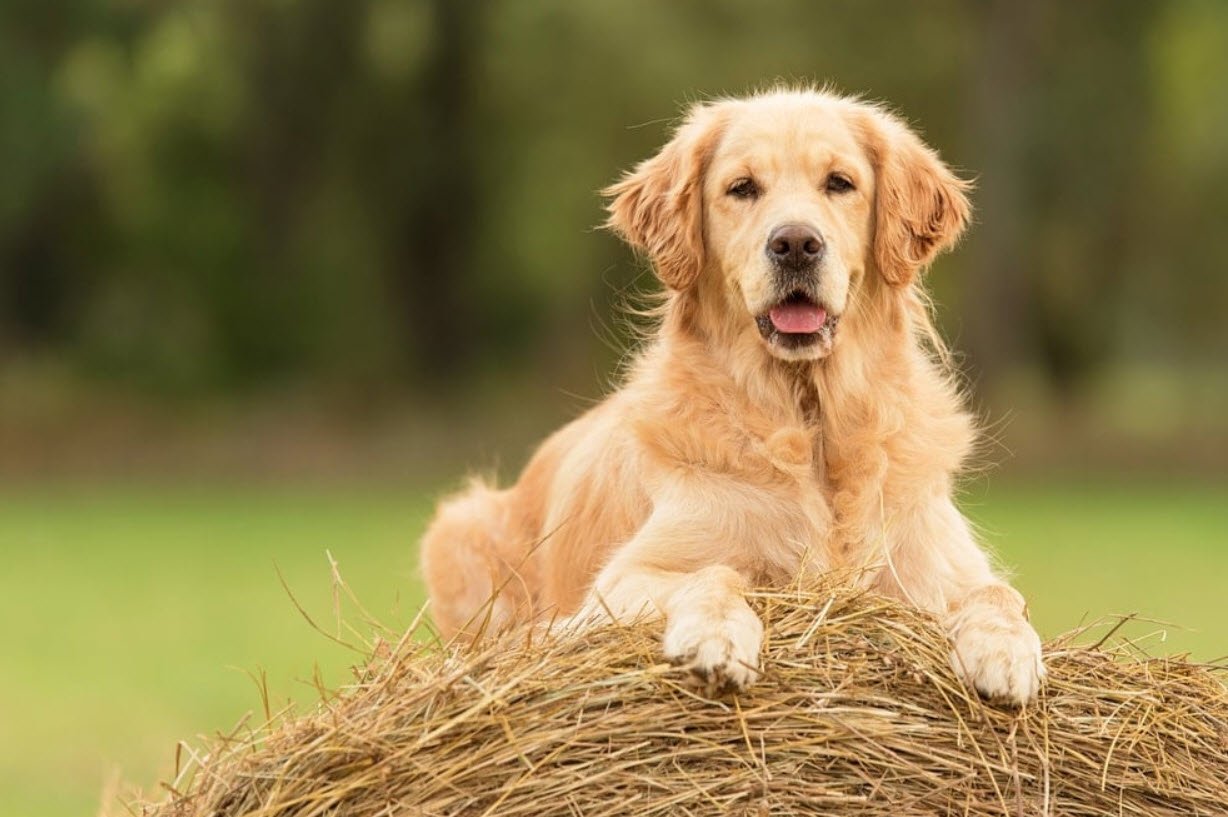
Our beloved canine companions, like humans, can experience pain and discomfort due to various health conditions. As responsible pet owners, it’s crucial to be vigilant and aware of potential signs that indicate our furry friends might be suffering.
Here are five of the most painful conditions for dogs, along with some insights into understanding when your pet is hurting.
1. Pancreatitis
Pancreatitis is a painful and potentially life-threatening condition characterized by inflammation of the pancreas. The pancreas is an organ responsible for producing digestive enzymes and insulin. When it becomes inflamed, these enzymes can leak into the surrounding tissues and cause severe pain. Dogs with pancreatitis may show symptoms such as abdominal pain, vomiting, diarrhea, loss of appetite, and a hunched back posture.
Recognizing signs of pancreatitis is crucial for early intervention and appropriate medical treatment. If you notice any concerning symptoms, seek immediate veterinary care to alleviate your dog’s pain and discomfort.
2. Bone Cancer
Bone cancer, or osteosarcoma, is a highly painful and aggressive form of cancer that affects the bones of dogs. It commonly occurs in the long bones of the limbs, causing severe pain due to the destruction of bone tissue and nerve involvement. Signs of bone cancer in dogs include lameness, swelling, visible lumps on the body, and reluctance to use a limb.
Bone cancer can progress rapidly, making early detection and treatment critical. If you suspect your dog is experiencing bone pain or observe any concerning symptoms, consult your veterinarian for a proper diagnosis and treatment plan.
3. Gum Disease
Gum disease, or periodontal disease, is a painful condition that affects a significant number of dogs. It involves inflammation and infection of the gums and structures supporting the teeth. Dogs with gum disease may experience pain, swelling, bleeding gums, bad breath, difficulty eating, and tooth loss.
Regular dental care and check-ups with your veterinarian are essential for preventing and managing gum disease in dogs. Brushing your dog’s teeth, providing dental treats or toys, and scheduling professional dental cleanings can help maintain their oral health and prevent the onset of painful gum disease.
4. Intervertebral Disc Disease
Intervertebral Disc Disease (IVDD) is a painful spinal condition that primarily affects small dog breeds with long backs, such as Dachshunds and Corgis. IVDD occurs when the discs between the vertebrae in the spine degenerate or herniate, causing compression of the spinal cord and nerves. Dogs with IVDD may experience severe pain, hind limb weakness or paralysis, loss of bladder or bowel control, and reluctance to move.
Recognizing signs of IVDD and seeking prompt veterinary care are crucial for managing the condition and providing appropriate treatment, which may include surgery, pain management, and rehabilitation.
5. Arthritis
Arthritis is a common and painful condition affecting many dogs, particularly as they age. It involves inflammation of the joints, causing pain, stiffness, reduced mobility, and discomfort. Overweight dogs, older dogs, and those with a history of joint injuries are at higher risk of developing arthritis.
If your dog shows signs of arthritis, such as limping, difficulty rising, reluctance to exercise, or behavioral changes, consult your veterinarian for a thorough evaluation. Proper management, including pain medication, weight management, regular exercise, and joint supplements, can significantly improve your dog’s quality of life.
Understanding and recognizing signs of pain in your dog is essential for ensuring their overall well-being and happiness. If you suspect your dog is experiencing any of these painful conditions, or if you notice changes in their behavior or health, consult your veterinarian promptly. Early intervention and appropriate medical care can make a significant difference in managing and alleviating your dog’s pain and discomfort.









This Post Has 2 Comments